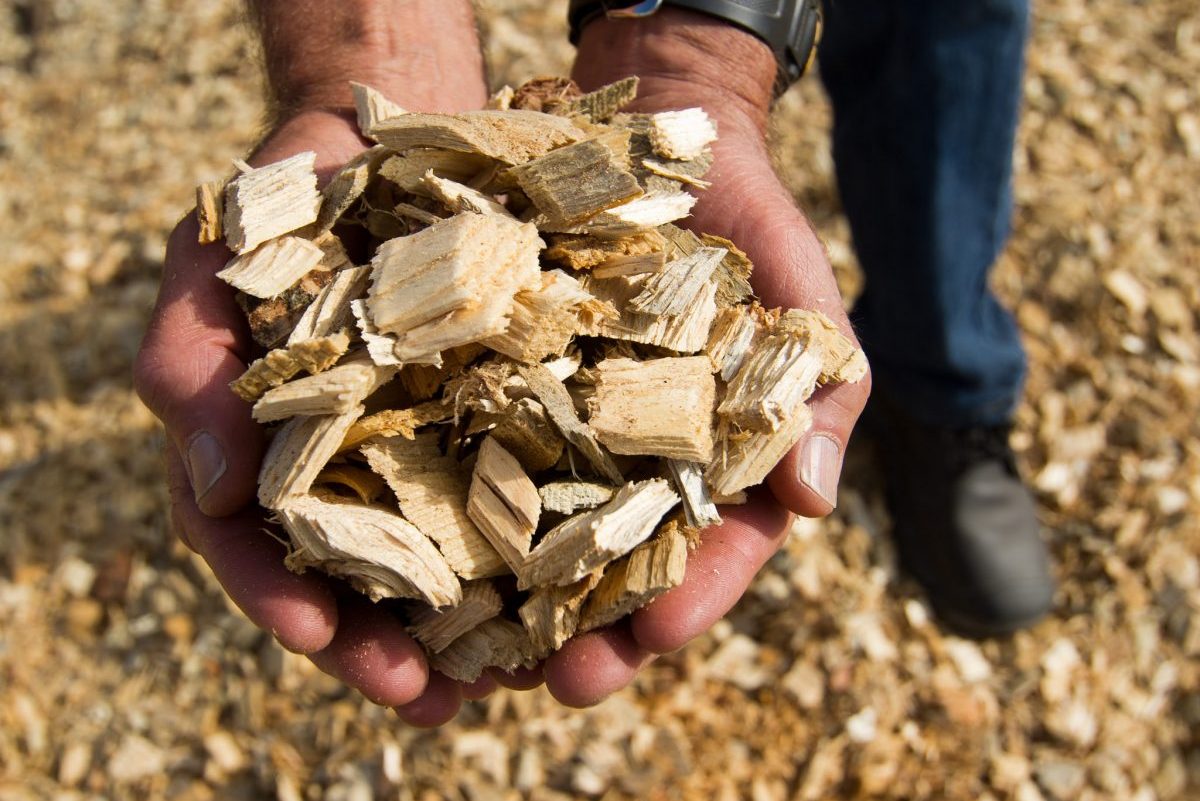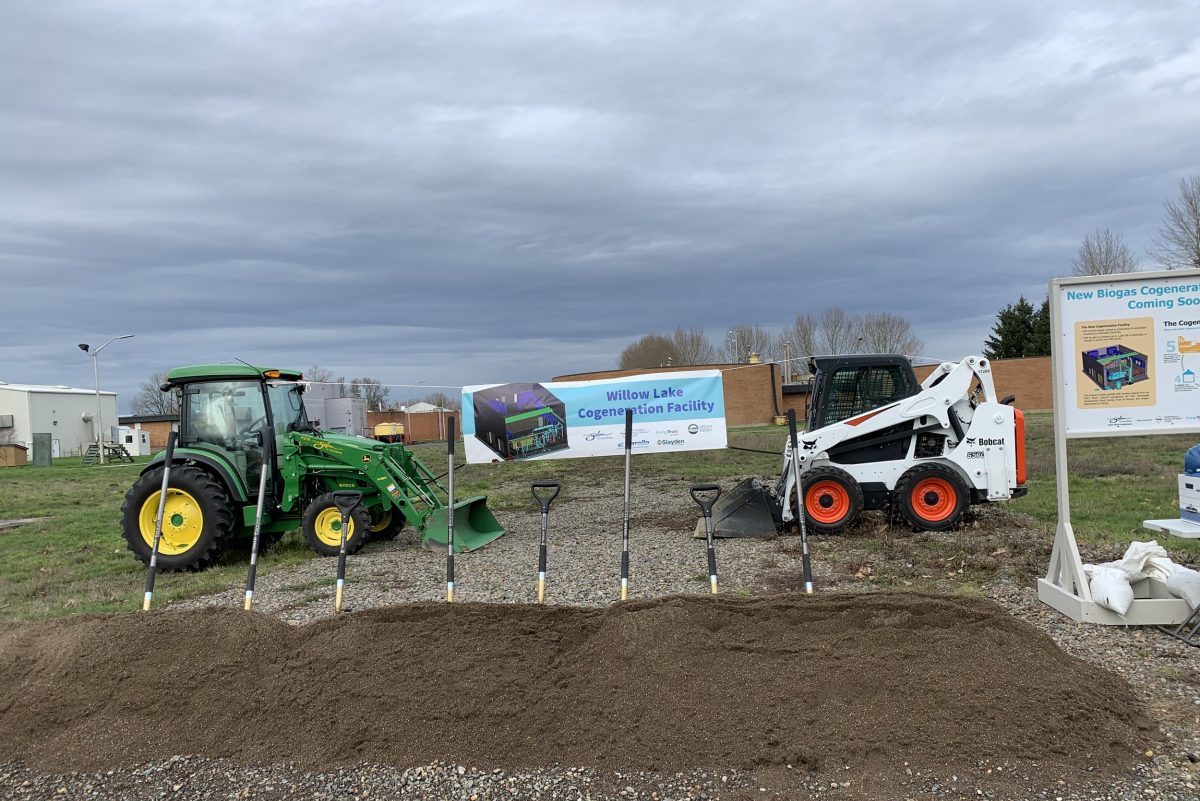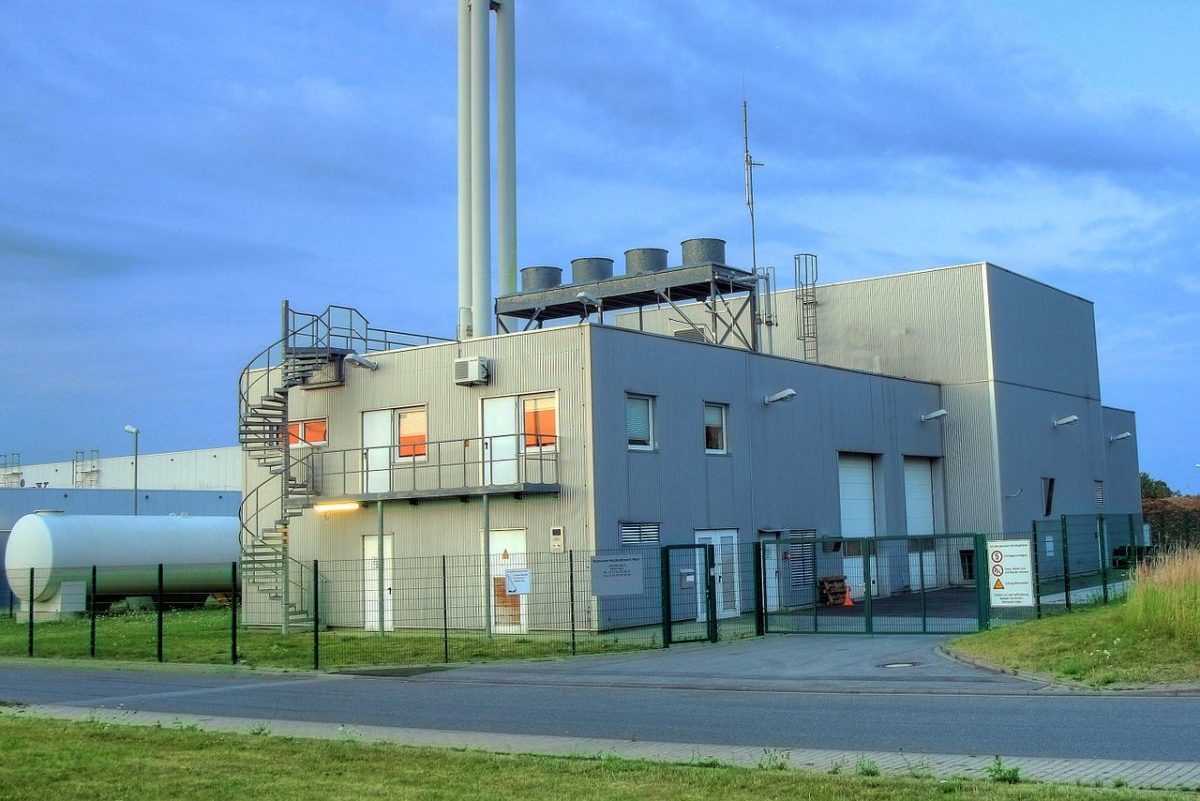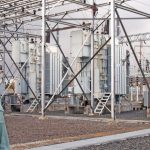Biomass energy or Bioenergy is energy from plant-derived materials and plants. Bioenergy has been utilized since humans started cooking food using wood or heating space by burning wood. Until today, wood remains the most used biomass energy, but there are other resources as well. These include woody plants, grass, food crops, forestry or agriculture residues, algae, and industrial wastes. Moreover, landfill fumes (e.g., methane) are also a bioenergy source.
Biomass

Though Oregon has a supply of biomass crops, most resources come from secondary products, including animal manure, logging slash, and mill residue. Some examples of Bioenergy available in Northwest Oregon include agricultural residue, food processing leftovers, byproducts of papermaking, landfill gas, animal manure, municipal waste, etc.
Currently, Oregon has 17 woody power establishments, which belong to the wood-products sector. Moreover, 21 more establishments in Oregon utilize woody Bioenergy to supply space heat to hospitals and schools.
Biogas

Some facilities in Oregon that are currently producing biogas simply flame biogas, while others flare it inside a combustion engine linked to an electrical generator. These facilities either sell the electricity generated to the power grid under a Power Purchase Contract tiah a utility or consume it themselves.
Furthermore, another option materializing in Oregon is cleaning biogas to achieve natural gas line quality standards, which is referred to as RNG (Renewable Natural Gas). Then, that gas will be injected into a natural gas line. It can then be traded as a fuel, whether stationary or for transportation.



